We put the Xiaomi 12T through our rigorous DXOMARK Audio test suite to measure its performance both at recording sound using its built-in microphones, and at playing audio back through its speakers. In this review, we will break down how it fared in a variety of tests and several common use cases.
Overview
Key audio specifications include:
- Two speakers (Top front / bottom side)
- No jack audio output
- Dolby Atmos technology
Scoring
Sub-scores and attributes included in the calculations of the global score.
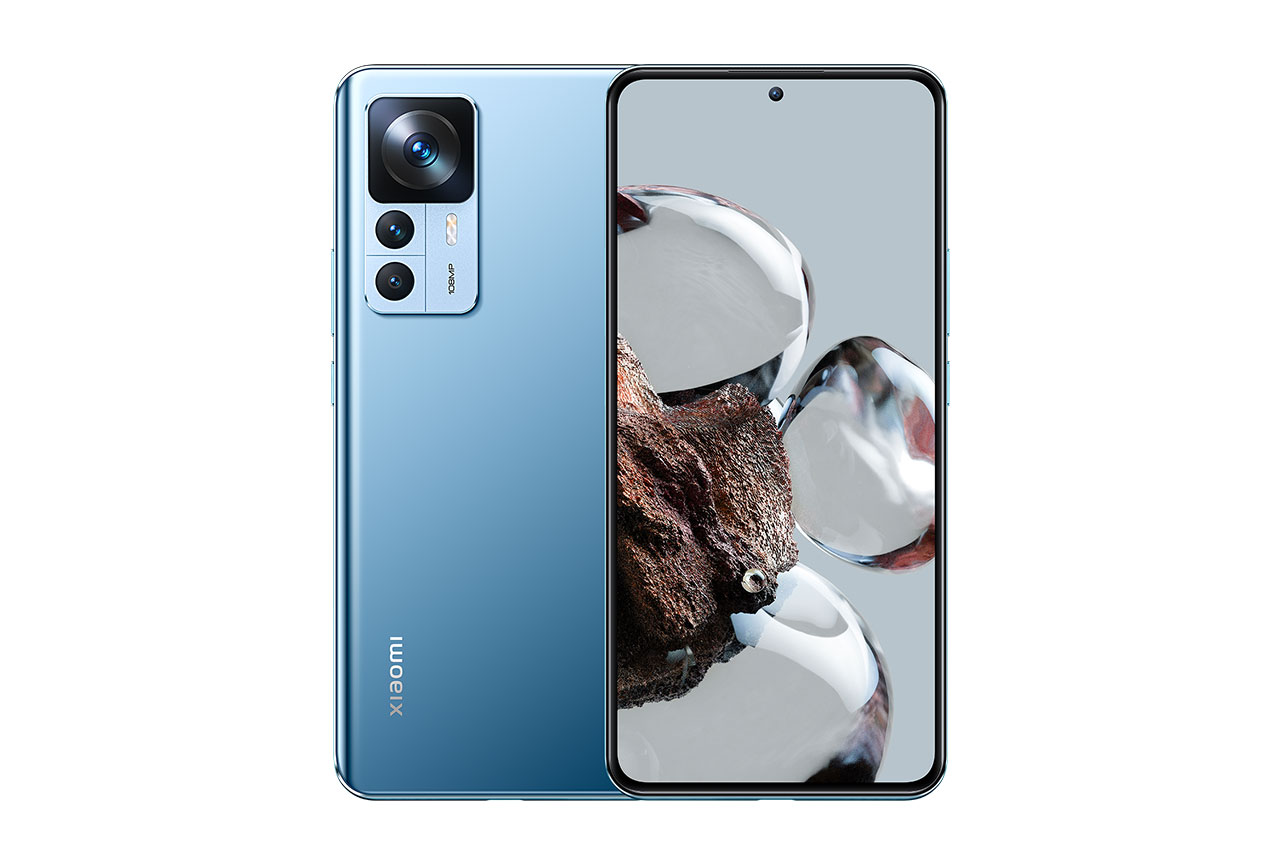
Xiaomi 12T


 88th
88th 12th
12thPlayback
Pros
- Almost free of audio artifacts
- Solid and consistent dynamics rendition
- Fairly natural timbre
Recording
Pros
- Excellent spatial performance across all use cases and applications
- Natural tonal balance
- Good dynamics performance across all use cases
- Effective wind noise reduction
Cons
- Not suitable for recording high sound pressure levels
- Lack of bass in tonal balance, slight excess of lower treble
- No audio zoom feature
In the DXOMARK Audio tests, the Xiaomi 12T delivered an excellent performance for its price segment. When compared to all devices tested to date, results were good in recording and on an average level for playback. Overall, the 12T did best for consuming musical content but was not far off for gaming and watching movies. Sound played back through the built-in speakers was almost free of artifacts and offered consistently solid dynamics. It also featured a natural timbre. On the downside, the minimum volume setting was too quiet, and the tonal balance was held back by a weak bass and dull treble. Spatial performance could have been better, too.
When used to record sound, the Xiaomi performed best with the memo app but also worked well when using the main and front cameras. Recorded sound files offered good wideness and localizability, as well as good dynamics and a natural tonal balance. Wind noise reduction was effective, too. However, things fell apart at high sound pressure levels, for example when recording concerts, with recording quality dropping significantly across most test attributes.
Test summary
About DXOMARK Audio tests: For scoring and analysis in our smartphone audio reviews, DXOMARK engineers perform a variety of objective tests and undertake more than 20 hours of perceptual evaluation under controlled lab conditions.
(For more details about our Playback protocol, click here; for more details about our Recording protocol, click here.)
The following section gathers key elements of our exhaustive tests and analyses performed in DXOMARK laboratories. Detailed performance evaluations under the form of reports are available upon request. Do not hesitate to contact us.
Playback
Xiaomi 12T
163
DXOMARK engineers test playback through the smartphone speakers, whose performance is evaluated in our labs and in real-life conditions, using default apps and settings.
In Playback, the 12T delivered an overall fairly natural timbre but was held back by a lack of treble and a certain lack of bass. Dynamic rendition was decent, with pretty good attack, decent bass, and accurate rendition of low-end elements, as well as good punch. Spatial performance was pretty average, with a stereo scene that sounded pretty narrow, and a distance rendition that could have been more accurate. Localizability was decent but, it could be tricky to isolate individual sound sources in the scene.
Loudness at the maximum volume setting was average, but minimum volume was way too quiet, rendering some content unintelligible. Volume steps could have been more consistent, too. Artifacts results were a highlight, with only some minor distortion and compression at maximum volume and an overall almost artifact-free experience.
Listen to the tested smartphone’s playback performance in this comparison with some of its competitors:

Timbre
Xiaomi 12T
158
The Timbre score represents how well a phone reproduces sound across the audible tonal range and takes into account bass, midrange, treble, tonal balance, and volume dependency. It is the most important attribute for playback.

Dynamics
Xiaomi 12T
149
The Dynamics score measures the accuracy of changes in the energy level of sound sources, for example how precisely a bass note is reproduced or the impact sound from drums.

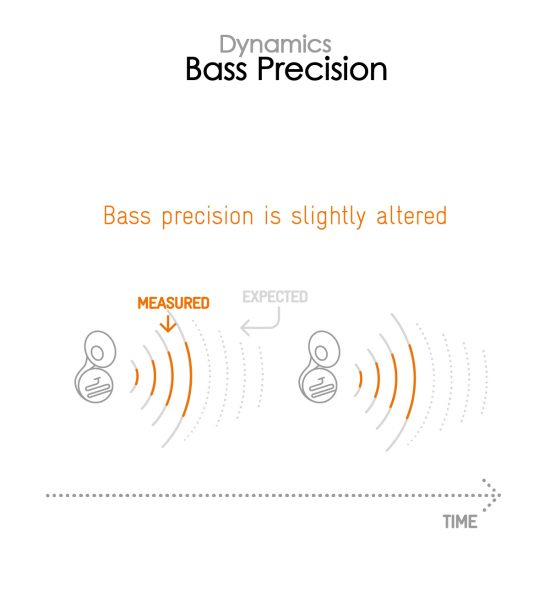

Spatial
Xiaomi 12T
162
The sub-attributes for spatial tests include pinpointing a specific sound's location, its positional balance, distance, and wideness.
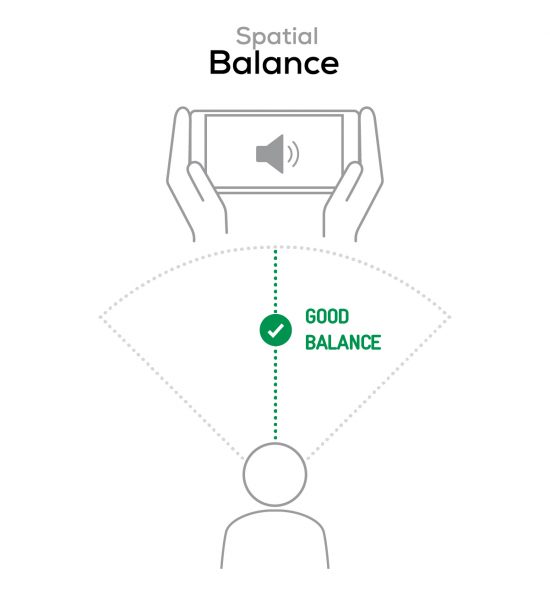
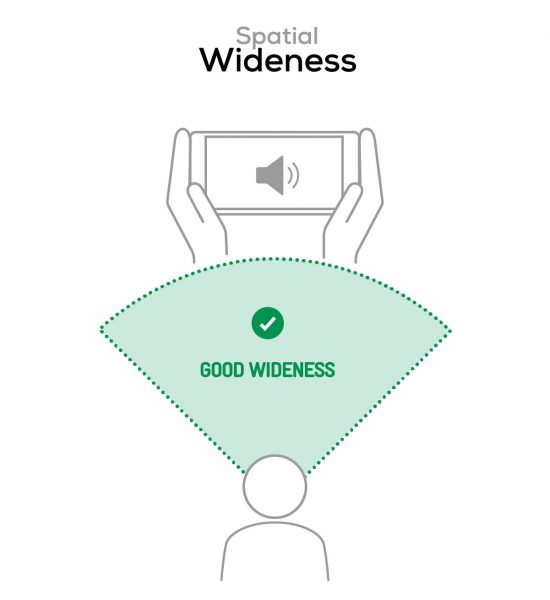

Volume
Xiaomi 12T
162
The Volume score represents the overall loudness of a smartphone and how smoothly volume increases and decreases based on user input.
| Hip-Hop | Classical | |
| Xiaomi 12T | 74.8 dBA | 69.4 dBA |
| Apple iPhone 14 | 74.8 dBA | 71.9 dBA |
| Oppo Reno8 Pro 5G | 72.5 dBA | 72.1 dBA |

Artifacts
Xiaomi 12T
157
The Artifacts score measures the extent to which the sound is affected by various types of distortion. The higher the score, the less the disturbances in the sound are noticeable. Distortion can occur because of sound processing in the device and because of the quality of the speakers.


It represents the distortion and noise of the device playing our test signal (0 dB Fs, Sweep Sine in an anechoic box at 40 cm) at the device's maximum volume.
Recording
Xiaomi 12T
160
DXOMARK engineers test recording by evaluating the recorded files on reference audio equipment. Those recordings are done in our labs and in real-life conditions, using default apps and settings.
Sound files recorded with the 12T offered a pleasant and fairly natural tonal balance, despite a lack of bass and slightly excessive treble. However, at high sound pressure levels, for example when recording concerts, the tonal balance turned very thin and almost canny. In such conditions our testers noticed a strong lack of bass and low end extension as well as a dull treble and lack of high end extension. Envelope rendering was consistent across most use cases, with accurate attack, and sharp plosives, even in noisy situations. This said, envelope accuracy suffers noticeably at high sound pressure levels.
The Xiaomi 12T’s recordings offered good wideness with the main camera and memo app, but the sound scene was more narrow when recording selfie video in portrait orientation. Distance rendition was quite realistic, and individual sound sources were easy to locate in the scene. Recording volume was good, but high sound pressure levels resulted in strong modifications of the original sound. Like for playback, artifacts were a strong point in recording, with sound files that were almost free of artifacts at nominal volume. This said, there was some distortion, and the sound scene traveled from left to right in an unpredictable manner with loud content, such as shouting voices, or in windy conditions.
In loud situations, our testers also observed pumping, strong compression, distortion, and hissing. Tonal balance of the background was natural but lacked some bass, like recording in general.
Here is how the Xiaomi 12T performs in recording use cases compared to its competitors:

Timbre
Xiaomi 12T
147
The Timbre score represents how well a phone captures sounds across the audible tonal range and takes into account bass, midrange, treble, and tonal balance. It is the most important attribute for recording.

Dynamics
Xiaomi 12T
146
The Dynamics score measures the accuracy of changes in the energy level of sound sources, for example how precisely a voice's plosives (the p's, t's and k's, for example) are reproduced. The score also considers the Signal-to-Noise Ratio (SNR), for example how loud the main voice is compared to the background noise.
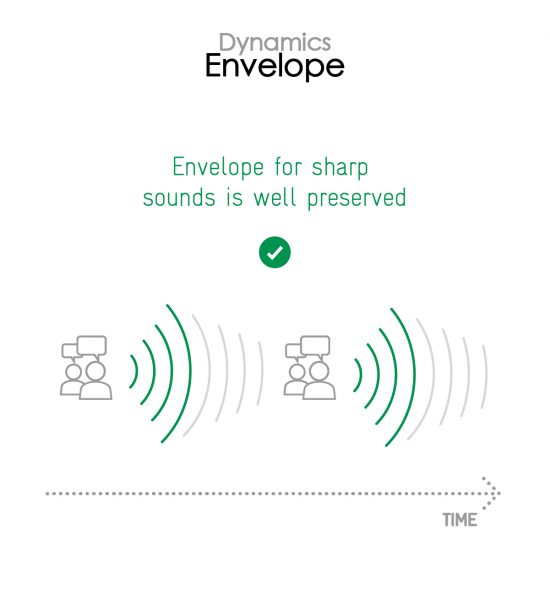
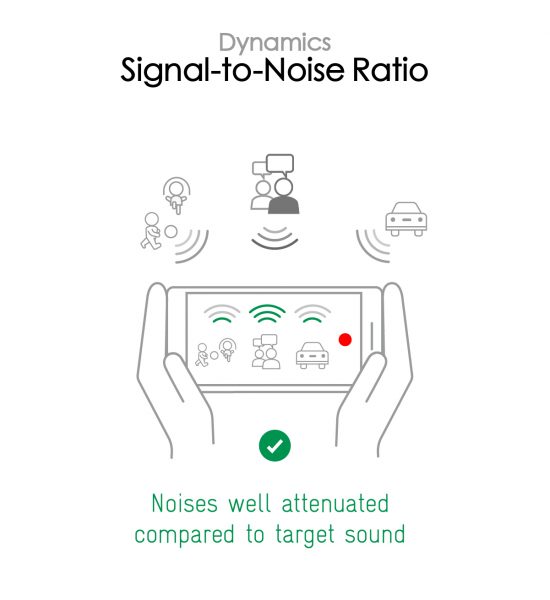

Spatial
Xiaomi 12T
159
The sub-attributes for spatial tests include pinpointing a specific sound's location, its positional balance, distance, and wideness on the recorded audio files.

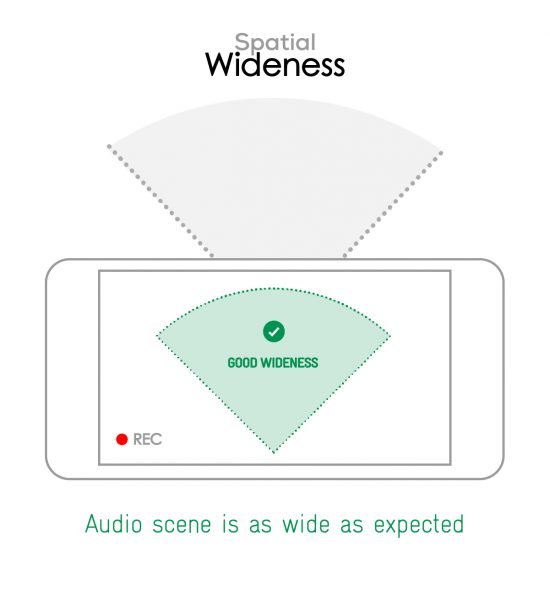

Volume
Xiaomi 12T
170
The Volume score represents how loud audio is normalized on the recorded files and the how the device handles loud environments, such as electronic concerts, when recording.
| Meeting | Life Video | Selfie Video | Memo | |
| Xiaomi 12T | -27.9 LUFS | -21.3 LUFS | -19.5 LUFS | -21.4 LUFS |
| Apple iPhone 14 | -23.8 LUFS | -22.5 LUFS | -20.5 LUFS | -18.7 LUFS |
| Oppo Reno8 Pro 5G | -23.2 LUFS | -21.8 LUFS | -18.9 LUFS | -17.8 LUFS |

Artifacts
Xiaomi 12T
145
The Artifacts score measures the extent to which the recorded sounds are affected by various types of distortions. The higher the score, the less the disturbances in the sound are noticeable. Distortions can occur because of sound processing in the device and the quality of the microphones, as well as user handling, such as how the phone is held.
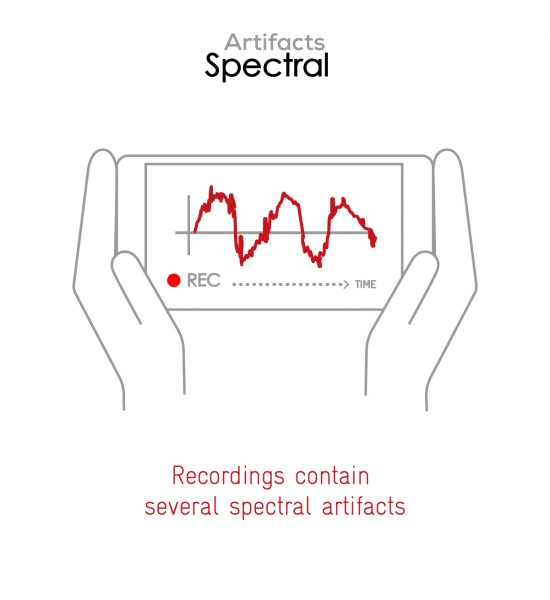

In this audio comparison, you can listen to the way this smartphone handles wind noise relative to its competitors:

Background
Xiaomi 12T
166
Background evaluates how natural the various sounds around a voice blend into the video recording file. For example, when recording a speech at an event, the background should not interfere with the main voice, yet it should provide some context of the surroundings.
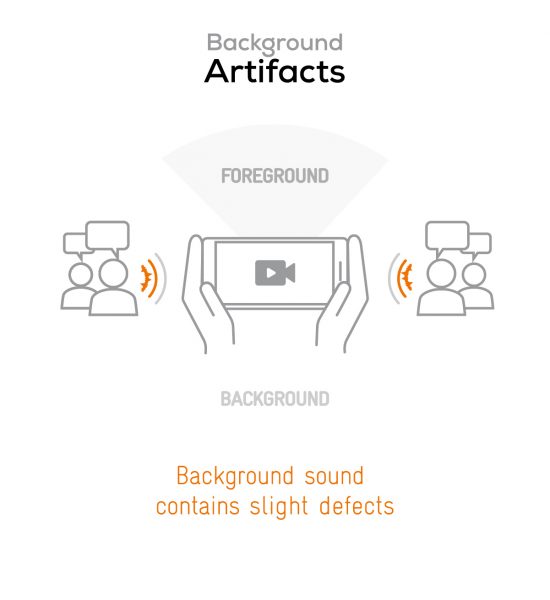
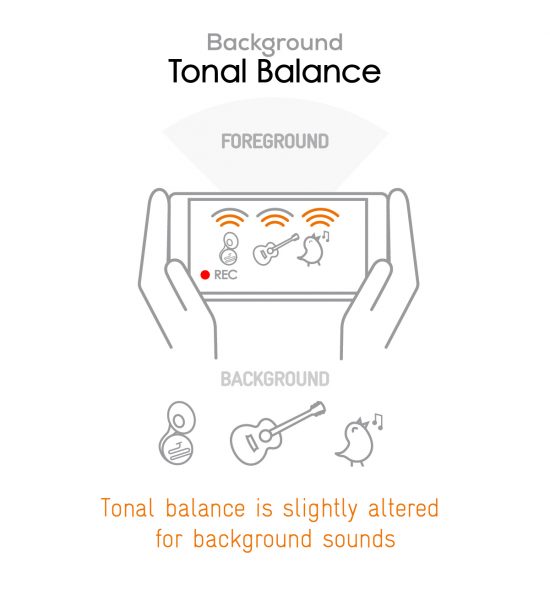


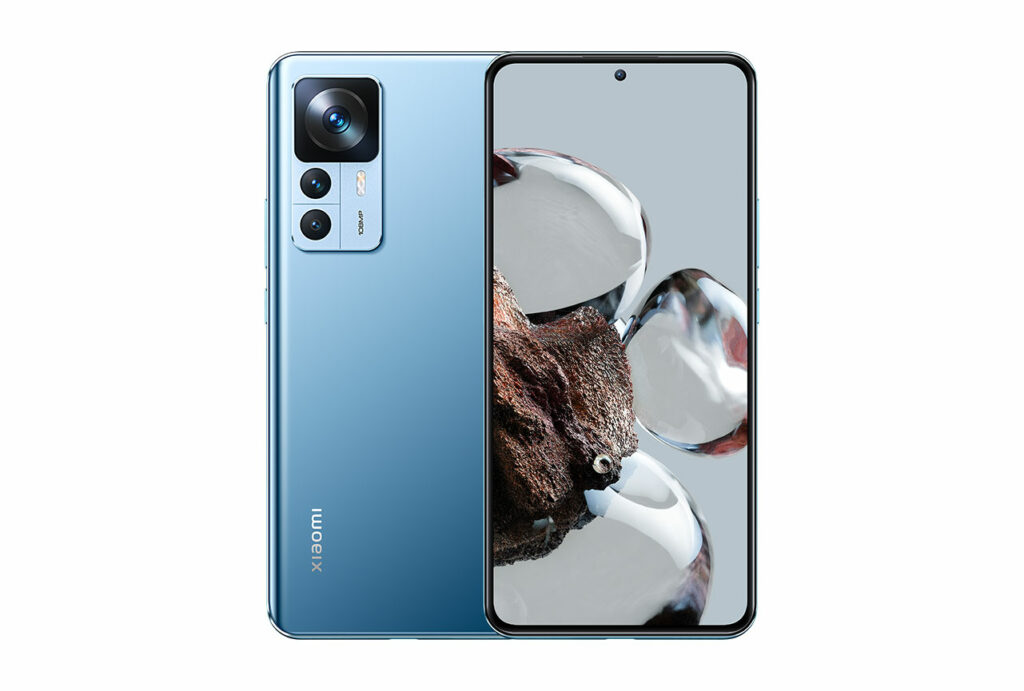
DXOMARK encourages its readers to share comments on the articles. To read or post comments, Disqus cookies are required. Change your Cookies Preferences and read more about our Comment Policy.